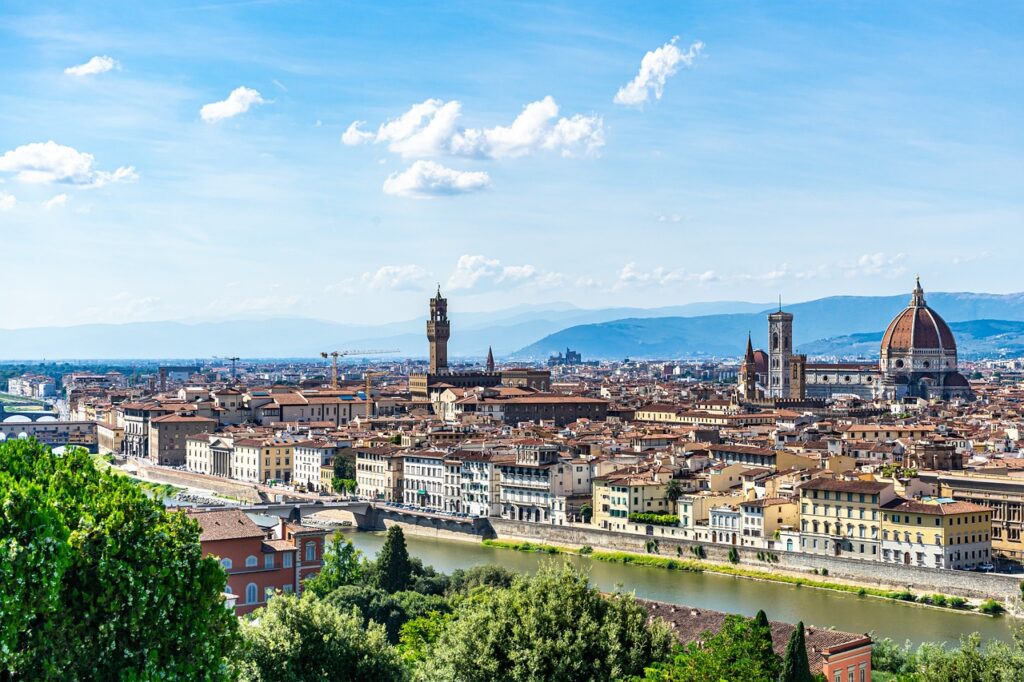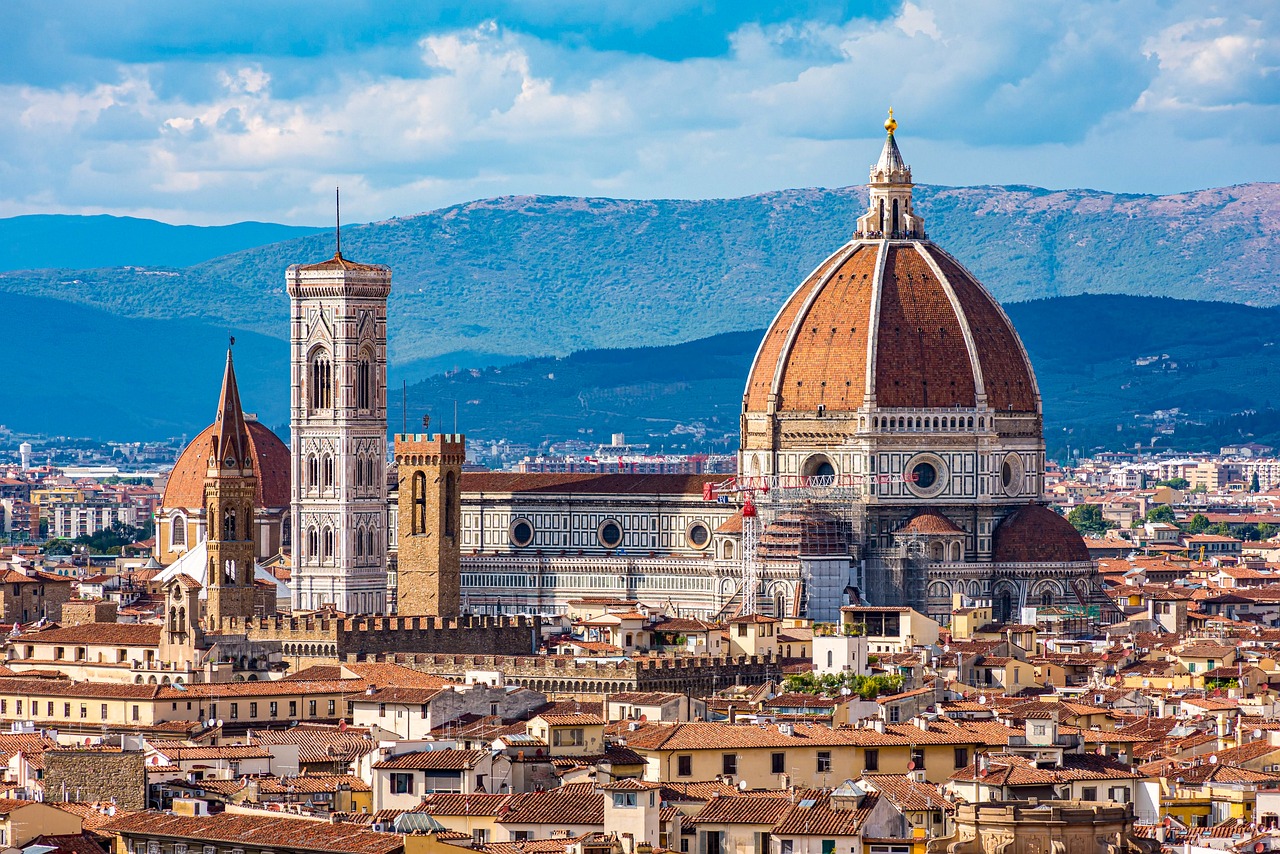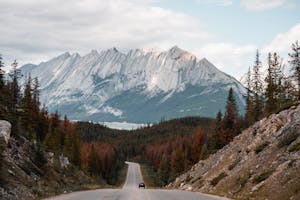🇮🇹 Before We Begin… A Note from Me
Italy was one of those places I had built up in my head for years – all cobblestone streets, pasta bowls, and golden sunsets. And honestly? It delivered. But it also surprised me. I learned quickly that not everything is as seamless as it looks in the photos: the train stations are chaotic, gelato isn’t always good, and yes – you will get lost more than once.
But that’s what made it memorable.
I wanted to write this post not just to share “what to do,” but what I wish someone had told me before I went. These are the little things that helped me actually enjoy the trip – from finding quiet piazzas to knowing when to skip the line (and when to skip the entire city).
If you’re heading to Italy in 2025, especially during the busy summer months, I hope these tips help you travel smarter – and slower. Because the best moments aren’t always planned. They sneak up on you between espresso sips and side-street detours.
✈️ 1. Don’t Overpack Your Itinerary
Yes, it’s tempting to squeeze in Rome, Florence, Venice and Cinque Terre in one week, but you’ll be spending more time on trains than actually experiencing Italy.
Pro Tip: Choose 2–3 regions and explore them deeply. For example:
- Rome + Amalfi Coast
- Florence + Tuscany villages
- Venice + Dolomites
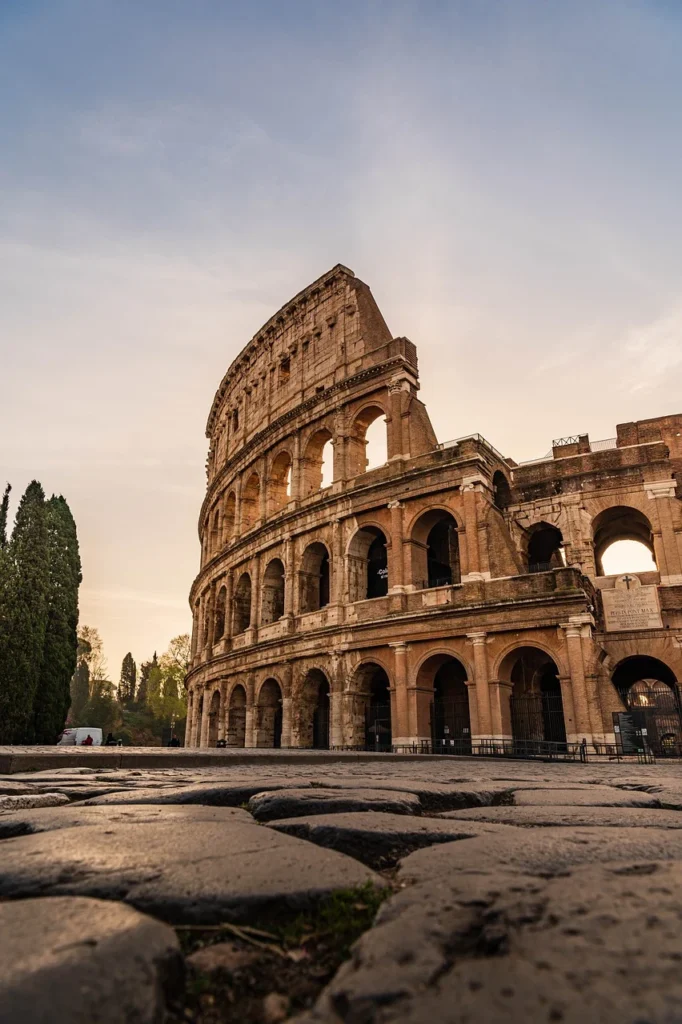
🚉 2. Trains Are Your Friend — But Book Smart
Italy’s train system is fantastic… unless you show up to the station last minute during high season.
- Use Trenitalia or Italo for high-speed routes (Rome–Florence–Venice).
- Book online in advance for cheaper fares and guaranteed seats.
- Validate regional train tickets at the station kiosks before boarding – yes, it matters.
🏛️ 3. Time Your Visits to Major Attractions
Big sights like the Colosseum, the Vatican, or the Uffizi Gallery can get extremely crowded in summer — especially mid-day. Booking ahead isn’t just smart; it can save you literal hours of waiting around in the heat.
Trust me on this: I once waited nearly three hours in line to see Michelangelo’s David in Florence because I didn’t book in advance. Meanwhile, people with timed tickets just strolled right past us. Never again.
My tips:
Consider a guided tour – many have dedicated entry lanes and make the experience way more enriching.
Book skip-the-line or timed-entry tickets weeks in advance, especially for summer trips.
Go early morning or late in the day to avoid peak crowds.

🍕 4. Don’t Eat Near Major Tourist Sites
As a rule of thumb: if you can see the Duomo from your seat, the food probably isn’t great.
Instead, walk 2–3 blocks out of the tourist zone and look for:
- Short menus
- Paper placemats
- Locals eating lunch with wine at noon
And please, don’t order a cappuccino after 11 AM unless you want to be spotted as a tourist.
🧳 5. Pack Light – And Pack Right
Italy’s cobblestones are not suitcase-friendly. Most towns also involve hills, steps, or bridges.
Bring:
- A carry-on sized suitcase or backpack
- Comfortable walking shoes (white sneakers are popular and blend in)
- A scarf or shawl for entering churches (shoulders covered)
📸 6. The Best Photo Spots Aren’t Always on the Map
Some of my favorite shots came from getting lost – wandering narrow alleyways in Venice or stumbling upon a hilltop view in Ravello.
That said, here are some sure bets:
- Rome: Aventine Keyhole + Trastevere at dusk
- Florence: Piazzale Michelangelo at sunrise
- Venice: Accademia Bridge during golden hour
- Amalfi Coast: Ravello gardens or Path of the Gods trail
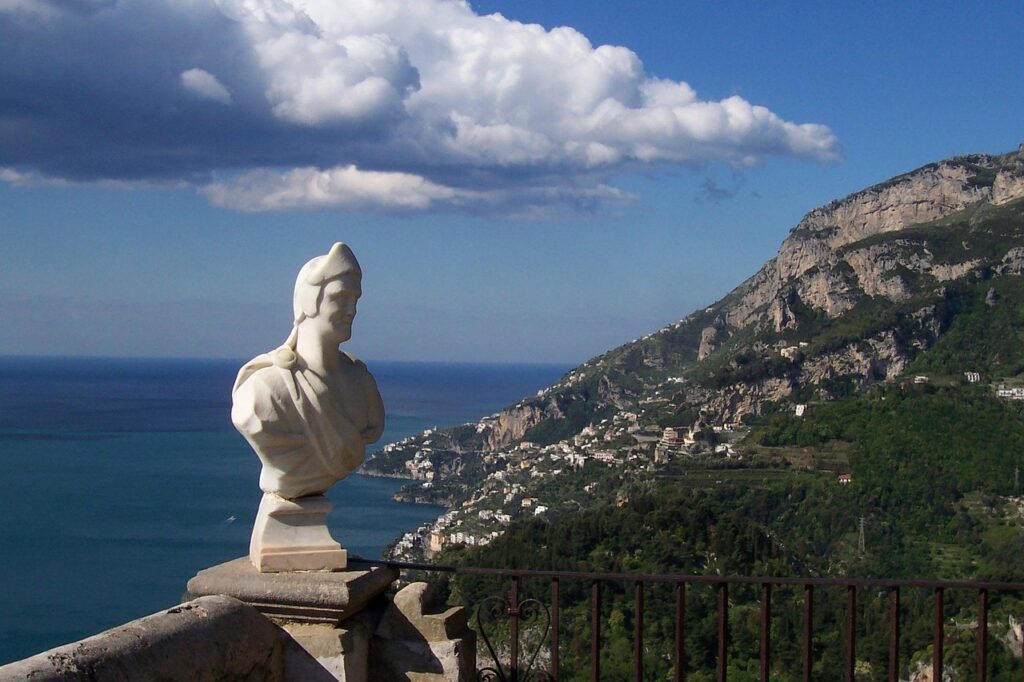
🛑 7. Know When Things Close
Unlike some other countries, Italian cities do slow down midday.
- Many small shops, bakeries, and even restaurants close between 1–4 PM.
- Most restaurants reopen for dinner around 7:30 or 8 PM.
Plan ahead for snacks – or embrace the slower rhythm.
💶 8. Carry Cash (But Not Too Much)
Most places take cards, especially in cities – but small shops, markets, and rural towns often don’t.
- Have some euros on hand, especially coins for public restrooms
- Use ATMs attached to banks (not standalone ones in tourist areas)
- Tipping isn’t expected, but rounding up or leaving €1–2 is appreciated
🏘️ 9. Stay in One Place Longer Than You Think
Instead of city-hopping, stay a few days in one spot – you’ll discover so much more.
- Spend 3 nights in Florence instead of just one
- Rent an apartment in a small town like Pienza, Matera, or Orvieto
- Take local cooking or photography classes to connect deeper
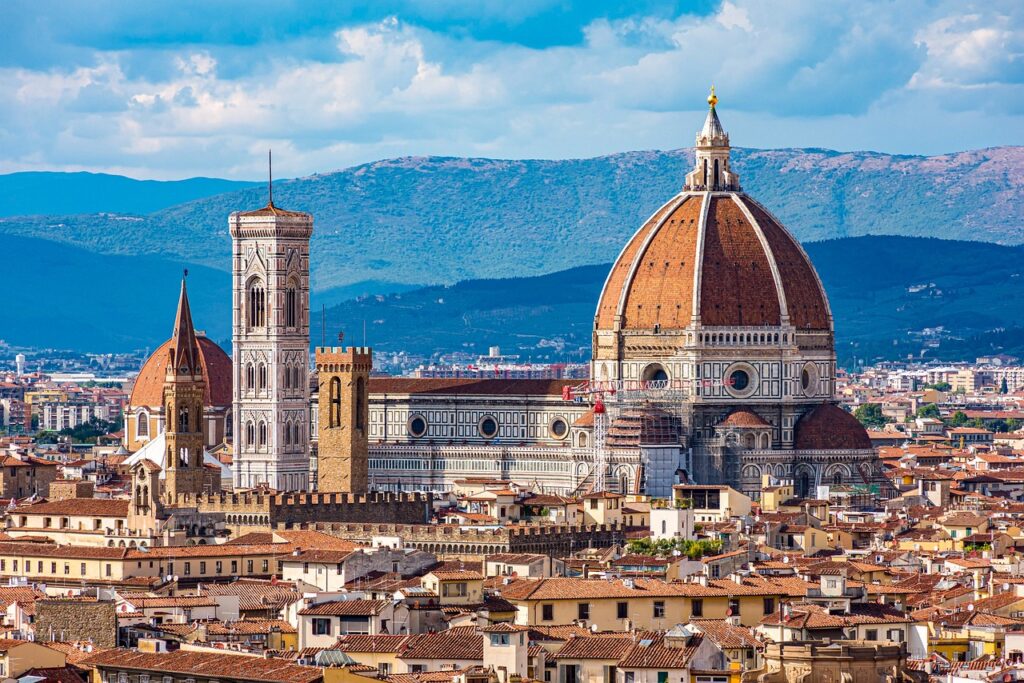
🛵 10. Get Off the Beaten Path
Italy isn’t just Rome and Venice. Some of the most memorable spots are under-the-radar:
- Puglia for trulli houses and beaches
- Umbria for countryside wine towns
- Dolomites for dramatic alpine landscapes
- Bologna for food-lovers (with fewer crowds)
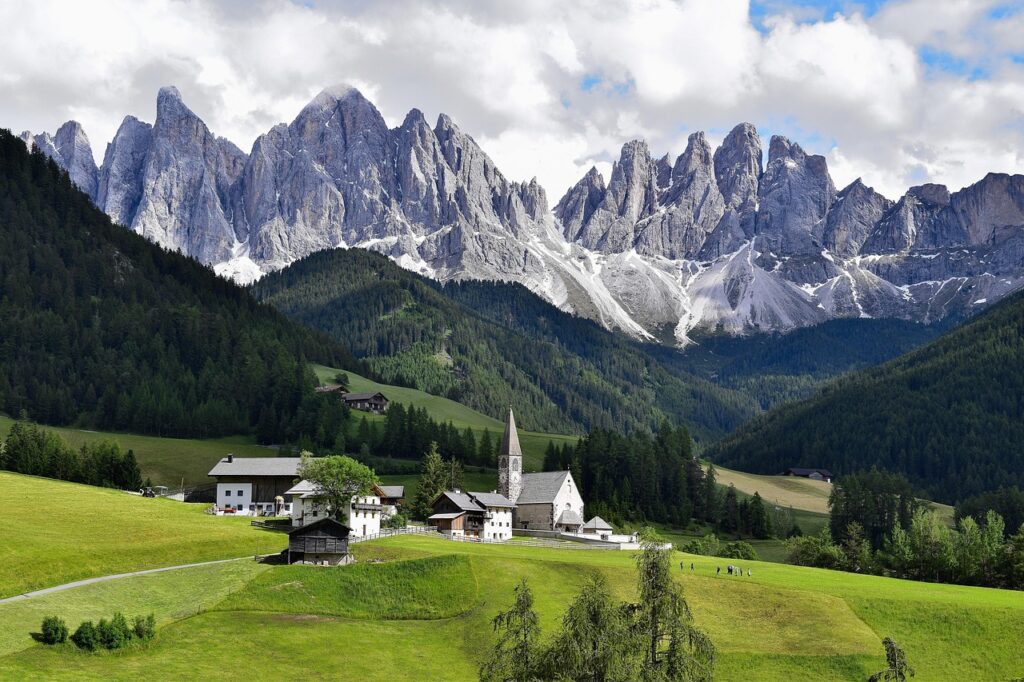
🗣️ 11. Learn a Few Key Italian Phrases
Even basic greetings go a long way. Start with:
- Buongiorno (good morning)
- Per favore (please)
- Il conto, per favore (the check, please)
- Parla inglese? (do you speak English?)
Italians appreciate the effort, and a little kindness opens a lot of doors.
🌅 Final Thought
Italy isn’t about ticking things off a list – it’s about slowing down, sharing good food, and letting the beauty speak for itself. Whether you’re watching the sunset over Florence or eating pesto on a balcony in Cinque Terre, the best moments are usually the unplanned ones.
Take your time, talk to locals, and keep your camera close – but don’t forget to look up.
